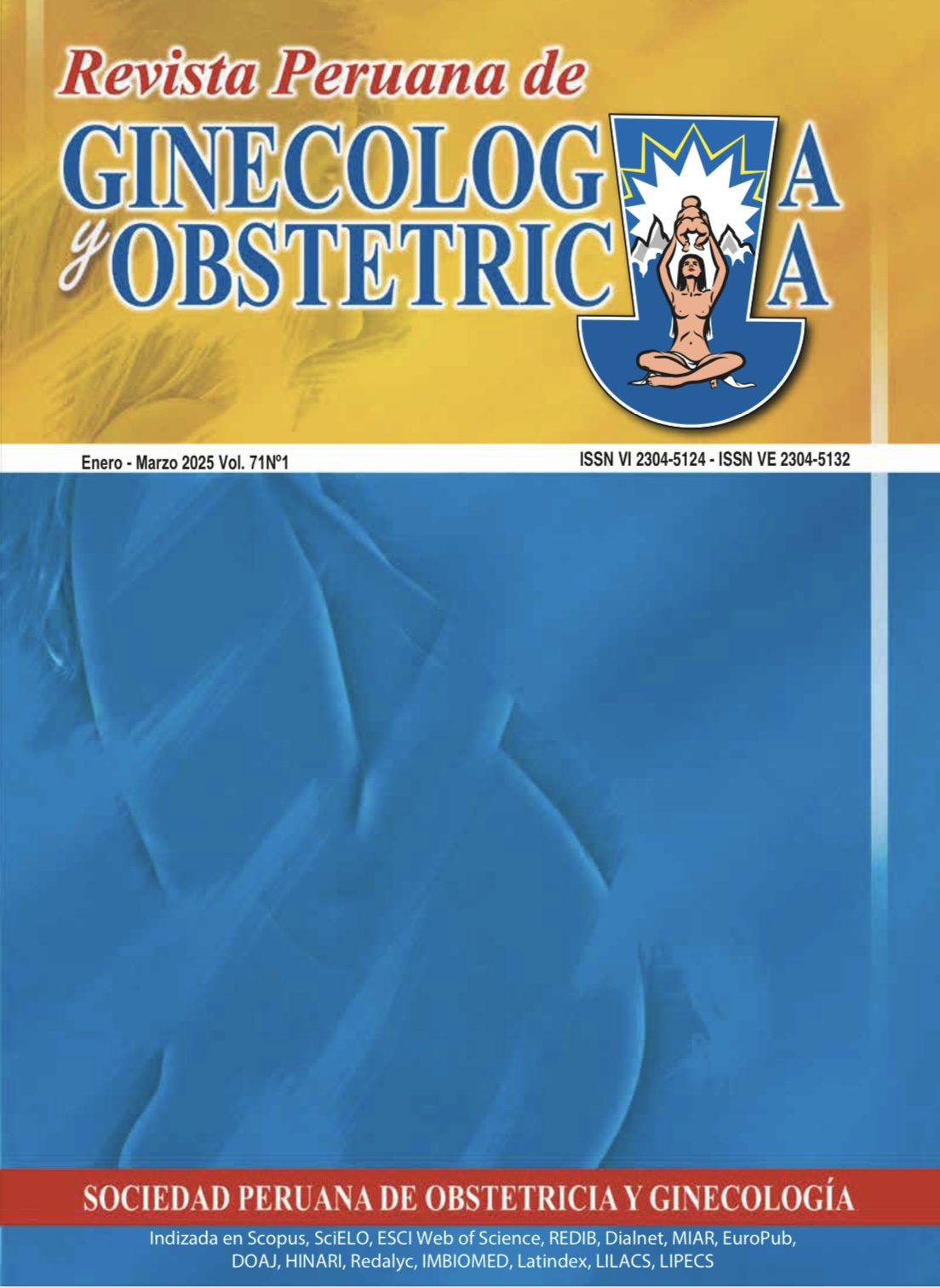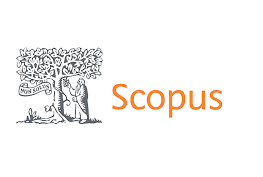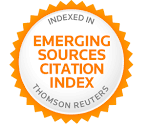Characteristics of Extreme Maternal Morbidity at the Regional Hospital of Ayacucho, Peru, 2021-2023
DOI:
https://doi.org/10.31403/rpgo.v71i2730Keywords:
Pregnancy complications, Near miss, healthcare, Postpartum hemorrhage, HELLP syndromeAbstract
Extreme maternal morbidity (EMM), according to WHO, is a condition in which a
woman nearly almost loses her life due to complications during pregnancy, childbirth,
or the postpartum period. This rate is higher in low- and middle-income countries.
Although maternal mortality has declined in Peru, the EMM is not fully described,
underlining the importance of its analysis to improve maternal health services.
Objective: To describe EMM in the Regional Hospital of Ayacucho, Peru, between
June 2021 and June 2023, and to analyze key indicators to improve maternal care.
Materials and methods: An observational, retrospective, cross-sectional study was
conducted with 100 cases of EMM. Socio-demographic data, obstetric characteristics,
pathological history and interventions were assessed using epidemiological
surveillance forms and formulas to calculate the EMM, maternal mortality ratio and
other metrics. Results: The mean age of the patients was 28 years, mostly cohabiting
women with secondary education. The most frequent criteria for EMM were severe
hypoxia (50%) and cardiovascular compromise (39%). HELLP syndrome (30%) and
postpartum hemorrhage (22%) were the most common complications. The EMM was
19.4 per 1,000 live births and the maternal mortality ratio was 5.75 per 100 cases of
EMM. Conclusions: The EMM in Ayacucho (2021-2023) reveals severe complications
mainly in young women with low educational level. It is crucial to implement effective
prevention and management strategies to reduce its incidence and improve obstetric
outcomes.
Downloads
Downloads
Published
How to Cite
Issue
Section
License

This work is licensed under a Creative Commons Attribution 4.0 International License.
Esta revista provee acceso libre inmediato a su contenido bajo el principio de que hacer disponible gratuitamente la investigación al publico, lo cual fomenta un mayor intercambio de conocimiento global.















